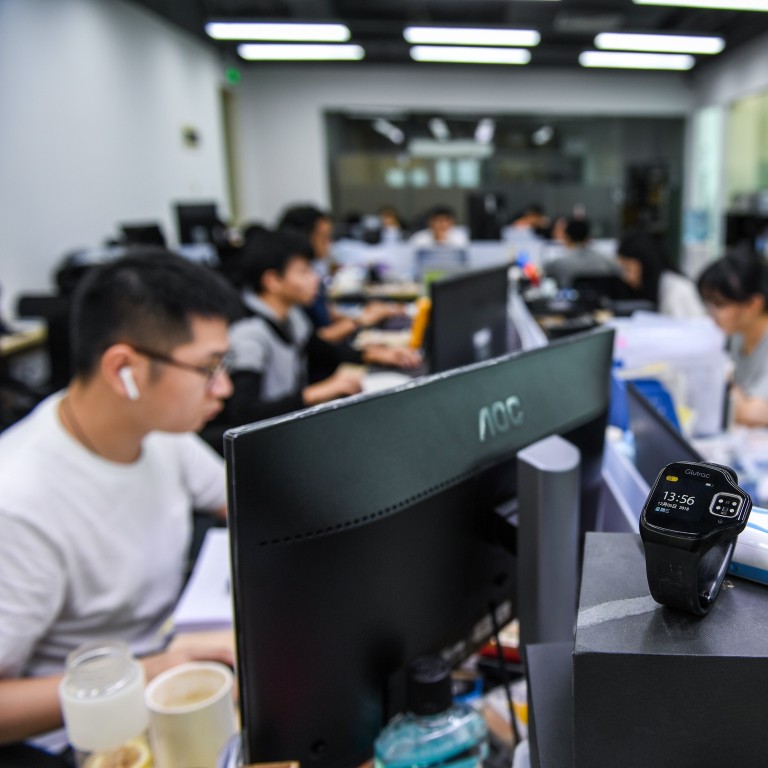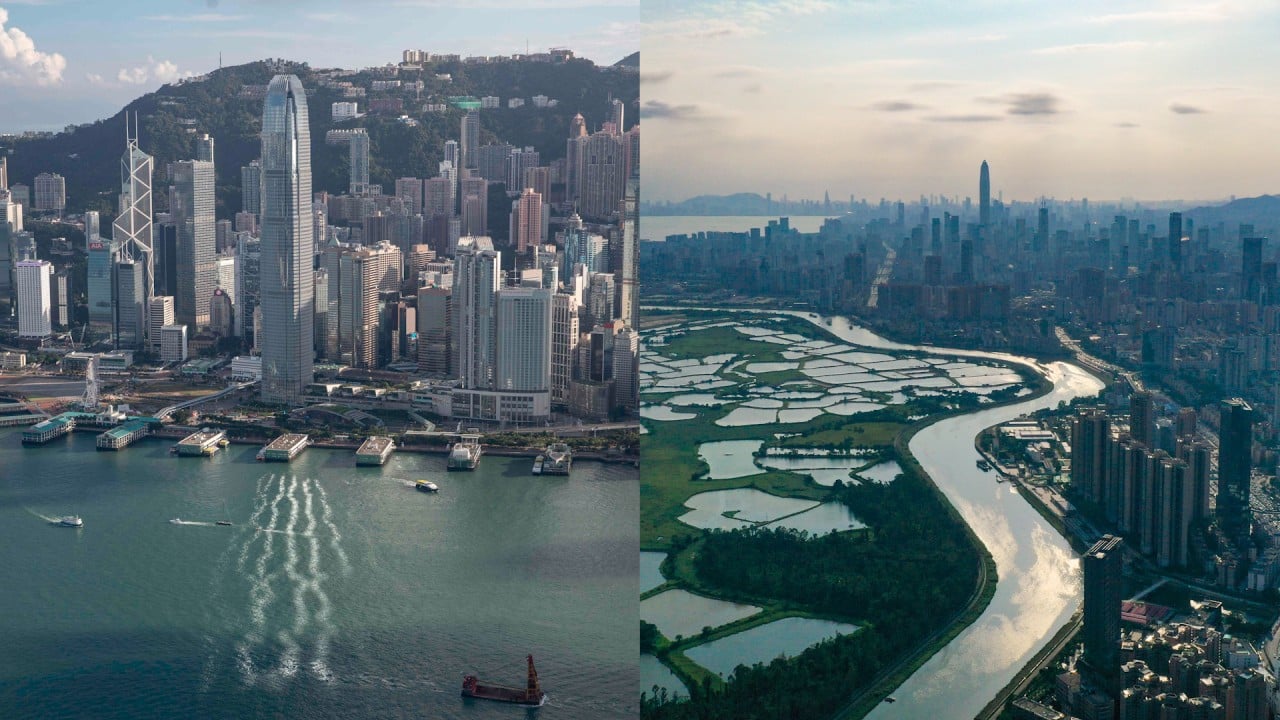
How Carrie Lam’s policy address offers Hong Kong’s youth real hope
- The chief executive’s Greater Bay Area youth employment scheme not only opens the door to new opportunities when traditional pathways in Hong Kong are stagnating, but will also add impetus to the city’s digital transformation
Some critics have argued that the initiative fails to tackle the gaping social divides that have made headlines in the past 18 months. Such criticism misses the mark. Lam’s initiative extends an olive branch to a beleaguered community that could evolve into a more open and honest dialogue down the line.
By offering the youth a glimpse of real hope, the initiative opens the door to new possibilities, especially as our economy pivots to adopting technology on a larger scale.

07:46
Covid-19 pandemic clouds future for Hong Kong’s university Class of 2020
In the United States, the Great Depression of the 1930s inspired structural changes to government policy from a laissez-faire financial system to increased state oversight. Each era of disruption warrants a customised response.
To keep our economic engine running, we need young people to buy into Lam’s plan to foster Hong Kong integration into the Greater Bay Area, while the youth also need new opportunities beyond what Hong Kong can offer.

02:35
China's ambitious plan to develop it own ‘Greater Bay Area’
Lam’s initiative aims to encourage young people to create their own jobs. The Home Affairs Bureau plans to subsidise and implement new entrepreneurship projects: around HK$100 million has been allocated to support nearly 200 start-ups in the Greater Bay Area.
Private education firms eye Greater Bay Area, as hub draws talent, resources
While some businesses might revert to their traditional models, many others will opt for a fully digital or, at the minimum, a hybrid approach.
Instead of institutional monopolies, thriving entrepreneurial identities will characterise our future. The younger generation was born with borderless digital citizenship and is dependent on digital tools. Partnering with China’s most innovative region will inspire these young entrepreneurs to build a new and more inclusive digital economy they can call their own.

05:25
Hong Kong's competitive edge questioned as Xi says Shenzhen is engine of China’s Greater Bay Area
Lam’s plan is not a panacea, but it sows the first seeds of our economic longevity. Much like during the industrial revolution, it will take decades for society to understand how much of an impact certain inventions have had.
The impact of any policy aiming to fix a battered economy can only be judged in hindsight. We must learn through trial and error how to stitch our community back together. Airbrushing the youth out of the discussion of Hong Kong’s future because they are different is wrong.
While no single policy can remedy our generational discord, when a government policy is adopted by a critical mass of people, it can spark long-term thinking and benefits. The youth employment scheme also provides a space for young people to amplify their voices in a world that was seemingly indifferent to their needs. They are now in charge of forging their own paths to reshape Hong Kong’s future.
The scheme could mark the beginning of a seismic shift. Investing in job creation opportunities in the Greater Bay Area could breathe new life into our hopes of restoring harmony with our mainland neighbours. In making sense of current affairs, we must resist partisan rhetoric and focus on technology and innovation that is politically neutral.
Hong Kong is at a pivotal moment in its short history. There are multiple forces emerging that could liberate us from the straitjacket of the past. A crisis is the ideal time to double down on digital transformation with the aid of a ready-to-deploy young workforce. Rather than putting our future on hold, it is now time to go all in.
Adam Au is the head of legal at a Hong Kong-based health care group

